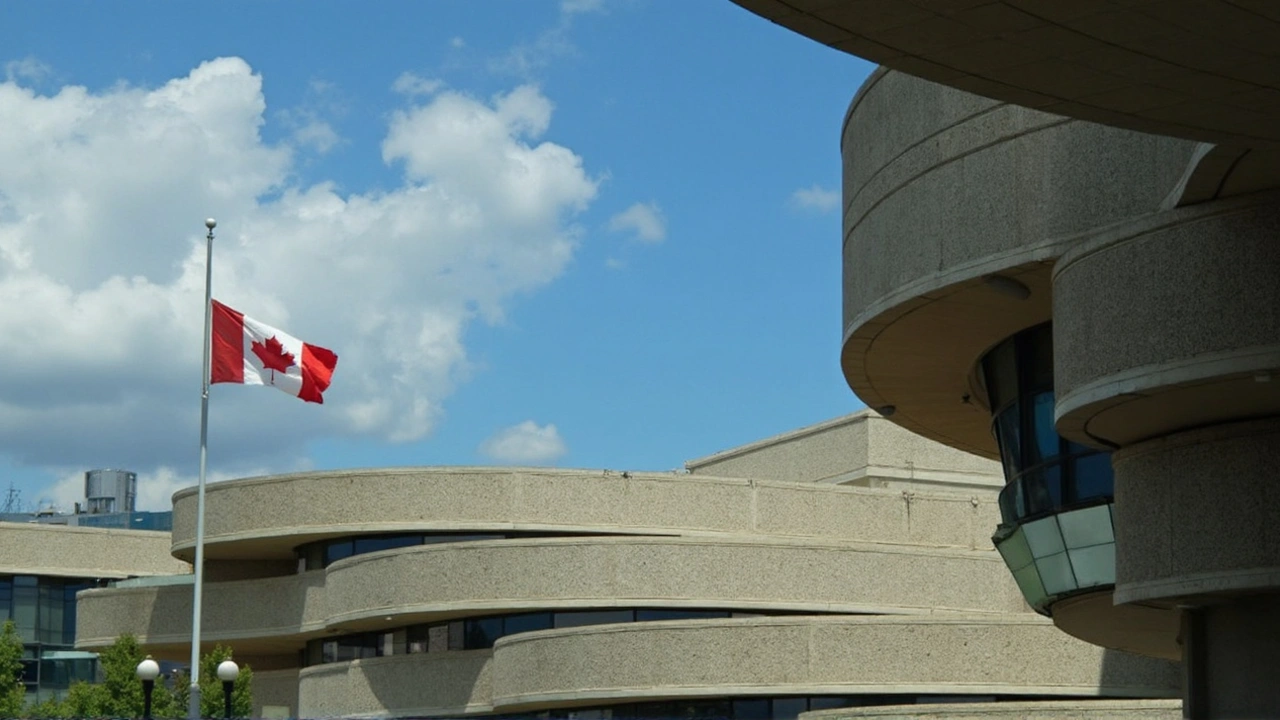Canada Study Permits: Your Quick Start Guide
If you’re dreaming of studying in Canada, the first thing you need is a study permit. It’s basically a student visa that lets you enroll in schools, work part‑time and stay legally while you learn.
Getting the permit can feel like a maze, but break it down into three simple steps: gather documents, submit your application, and wait for approval. Below we walk through each step with real‑world tips so you don’t waste time or money.
Step 1 – Gather the Essentials
The most common reason applications get rejected is missing paperwork. Here’s a checklist that covers everything immigration officers expect:
- Letter of acceptance from a Designated Learning Institution (DLI). Make sure the school’s DLI number matches what you enter online.
- Proof of funds: bank statements, scholarship letters or a sponsor’s financial guarantee showing you can cover tuition and living costs for at least one year.
- Passport copy that’s valid for the entire study period plus extra six months.
- Study plan (or letter of explanation). Explain why you chose this program, how it fits your career goals and why Canada is the right place.
- Photographs meeting the visa photo specs – white background, clear face, no glasses glare.
- Any additional documents requested for your country (e.g., police certificates or medical exams).
Double‑check each item against the official checklist on the IRCC website. A small mistake now can add weeks to your timeline.
Step 2 – Submit Online and Pay Fees
Most applicants use the Immigration, Refugees and Citizenship Canada (IRCC) portal. Create an account, fill out the form, upload PDFs of your documents and pay the CAD 150 processing fee plus a CAD 85 biometrics charge if you need them.
A few quick tips:
- Save a copy of every uploaded file; you’ll need it for future reference.
- If you’re applying from a country that requires biometrics, schedule the appointment within 30 days of receiving the email – slots fill up fast.
- Use the same email address throughout the process to avoid missed notifications.
After submission, you’ll get a tracking number. Keep it handy; you can check status any time on the portal.
Step 3 – Wait Smartly and Prepare for Arrival
The processing time varies by country, ranging from a few weeks to several months. While you wait:
- Look up accommodation near campus – student residences often have short‑term options.
- Plan your travel dates around the school’s orientation week; arriving early gives you a chance to settle in.
- If your permit is approved, print the approval letter. You’ll need it at border control along with your passport and acceptance letter.
When you land in Canada, the officer may ask about your study plans. Keep your answers brief and honest – they’re just confirming what’s on paper.
Remember, a study permit is not a permanent residency ticket, but it can be a stepping stone. After graduating, you might qualify for a Post‑Graduation Work Permit (PGWP) which opens doors to Canadian work experience and possibly PR later.
Bottom line: start early, stay organized, and follow the official checklist word for word. With the right preparation, getting your Canada study permit can be smooth rather than stressful.

Canada Rethinks Study Permit Caps After Sharp Decline in New International Students
Jun 27, 2025, Posted by Ra'eesa Moosa
Canada is re-evaluating its study permit limits with schools and industries reeling from a steep fall in new international student arrivals. Changes in policy, including stricter PAL requirements, have deepened a shift toward renewals and sparked debate about the impact on Canada's future workforce.
MORE